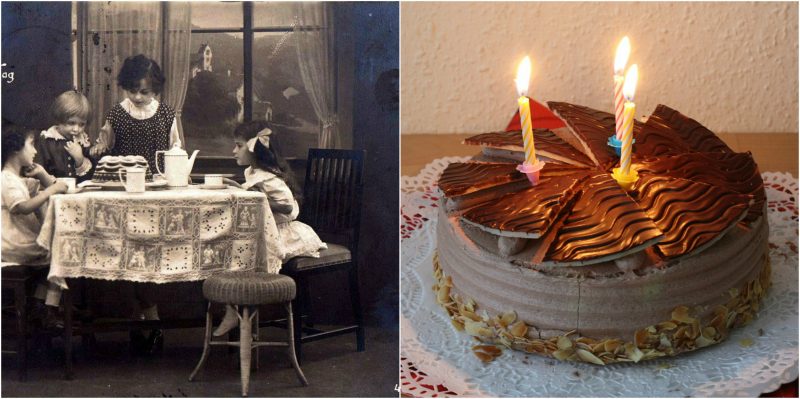Birthdays are great! Every year, the day we were born on becomes the day we get to blow candles, receive presents and party with our loved ones.
Celebrating birthdays is common today but this wasn’t always the case. In ancient times, although birthdays were mentioned and noted, their celebration was a rare practice. They were reserved only for the gods and the nobles, but even they didn’t make annual parties as often. Birthday parties accompanied with blowing candles on a cake, as we know them today, appeared much later in history. These rituals, however, are rooted in some ancient traditions, so let’s trace their origin.
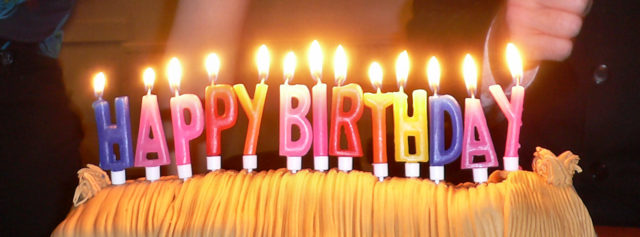
The earliest known account of a ceremony that resembles a classic birthday celebration comes from the Greek historian Herodotus (5th century BCE). He wrote about the Persians and how they loved to celebrate their birthdays which were presumably accompanied by cake eating.
“Of all the days in the year, the one which they celebrate most is their birthday. It is customary to have the board furnished on that day with an ampler supply than usually. The richer Persians are served with a whole-baked ox, horse, camel or an ass.
The lower social ranks have the smaller kinds of cattle. They hardly ever eat full-course meals but an abundance of side dishes, set on the table in few dishes at a time. This is the reason for the saying that “When the Greeks eat, they leave off hungry and nothing is worth mentioning to them after the meats; If someone keeps on putting more food in front of them, they wouldn’t stop eating”.
Another early mentioning of a ritual similar to a birthday party comes from the Book of Genesis (40:20-22)
20 And it came to pass the third day, which was Pharaoh’s birthday, that he made a feast unto all his servants: and he lifted up the head of the chief butler and of the chief baker among his servants.
21 And he restored the chief butler unto his butlership again; and he gave the cup into Pharaoh’s hand:
22 But he hanged the chief baker: as Joseph had interpreted to them.
The event described above refers to the Pharaoh’s coronation and his rebirth as a god instead of his actual birth. Whatever the case, this sounds like a bad party, with the baker being hanged, probably because he didn’t make a cake…
The fire has always contributed to rituals. No wonder birthday candles have been attributed with granting wishes. Candles are often used during meditations, in general.
The Ancient Greeks used to give the goddess Artemis a cake with candles as an offering. Artemis ruled over the Moon, so the cakes were often shaped like this celestial body. They believed that the candle smoke would help Artemis hear all the prayers while they ascended to her domain.
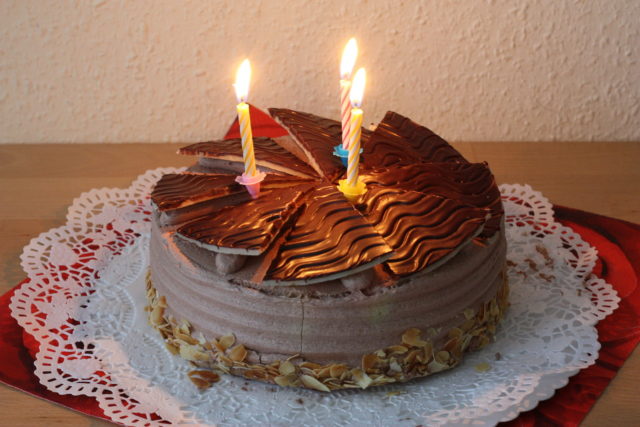
In Ancient Rome, birthday celebrations were nobles’ privilege. When somebody from the higher ranks of the Roman society turned 50, considered as a significant milestone in life, it was common for his friends and family to throw that person a party (feast) and surprise them with a nice, sweet cake. However, in Rome, the cake was served without candles.
During the Middle Ages, birthdays weren’t celebrated mostly because of the early Catholic beliefs that these celebrations are pagan and pose a threat to Christianity.
Besides all of the above-mentioned ancient rituals which are similar to birthday celebrations, here’s an actual reference to modern birthdays and birthday cakes! German bakers from the 15th century started selling special one-layer birthday cakes, mostly to parents who were celebrating their children’s first birthday.
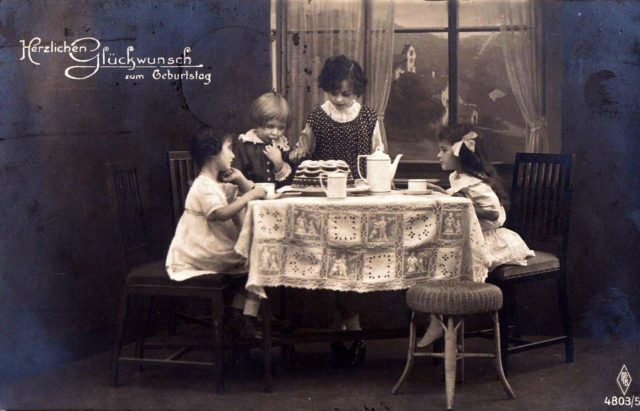
Further evidence shows that this tradition continued up until 18th-century Germany when candles were also added to the cakes. This version of the birthday celebration was called Kinderfest (children’s festival). This tradition was the predecessor of modern children birthday party.
During Kinderfest, children were taken to a ceremony hall where they were free to celebrate their birthday. Germans believed that evil spirits could steal people’s soul during birthdays.
To protect the person celebrating, they used to make a circle around him and carouse. Gifts were not a birthday tradition back in those days. It was enough if the guests expressed their good wishes for the person that was celebrating. In case somebody brought a gift it was considered as a good sign for the upcoming year of the birthday person.
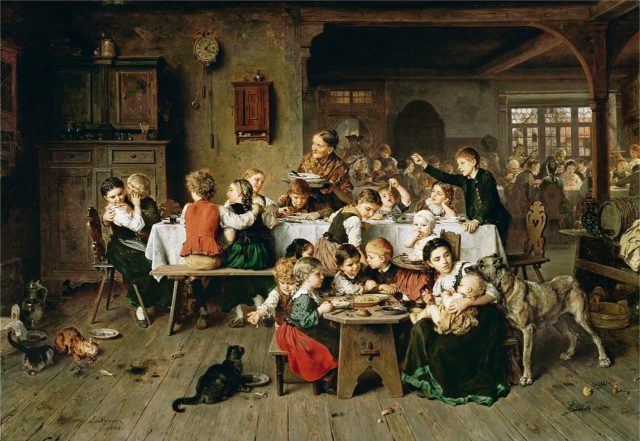
Now let’s get back to the cake and candles. One of the earliest records of candles used on a birthday cake dates from 1746 when a large celebration was held for Count Ludwig von Zinzendor’s birthday. One of his guests described the following:
“There was a cake as large as any oven to bake it in, and holes made in the cake according to the years of the person’s age, each one with a candle stuck into it, and one in the middle”.
Almost 50 years later, Prince August of Saxe-Gotha-Altenburg described his own birthday party:
“…a generous-size torte with colorful flaming candles – amounting to some fifty candles – that began to melt and threatened to burn down, instead of having enough room for candles which indicate upcoming years, as in the case with children’s festivities”.
These notes show that according to the old tradition, there were candles for each year of the person’s life. Besides this, more candles were added to mark the upcoming years of the person.
